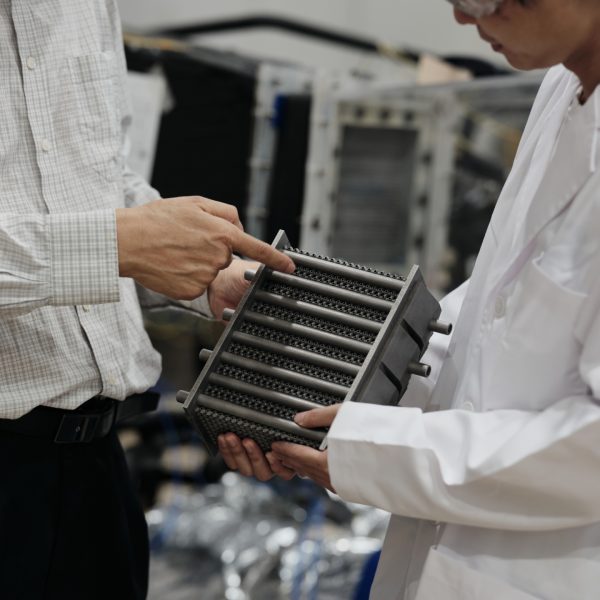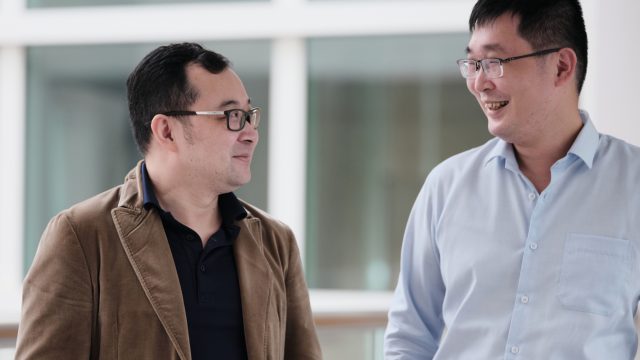A new tool is being created to help Southeast Asia decarbonize its power grid.
Researchers Zhong Sheng and Su Bin from the National University of Singapore are developing a model to help Southeast Asian nations collaborate to reduce their energy emissions and move closer to meeting their net-zero ambitions.
The model allows decision-makers to see how their own power grids, and networks in neighbouring countries, can evolve together. It also looks at how new emission reduction technologies, such as carbon capture and storage (CCS), can be implemented and considers the impact of moving away from coal-based power to lower-emissions fuels like natural gas and hydrogen.
“Each country has different choices and our model is able to come up with the optimal solutions after taking into account differences across countries,” Zhong Sheng says.
Su Bin adds that developing a tool that covers such a wide geographical area, and different power grids, would not have been possible without the support of ExxonMobil and the Singapore Energy Centre.
Meet the scientists behind the research and discover their work and how the new model could help decarbonize Southeast Asia’s power grids.













